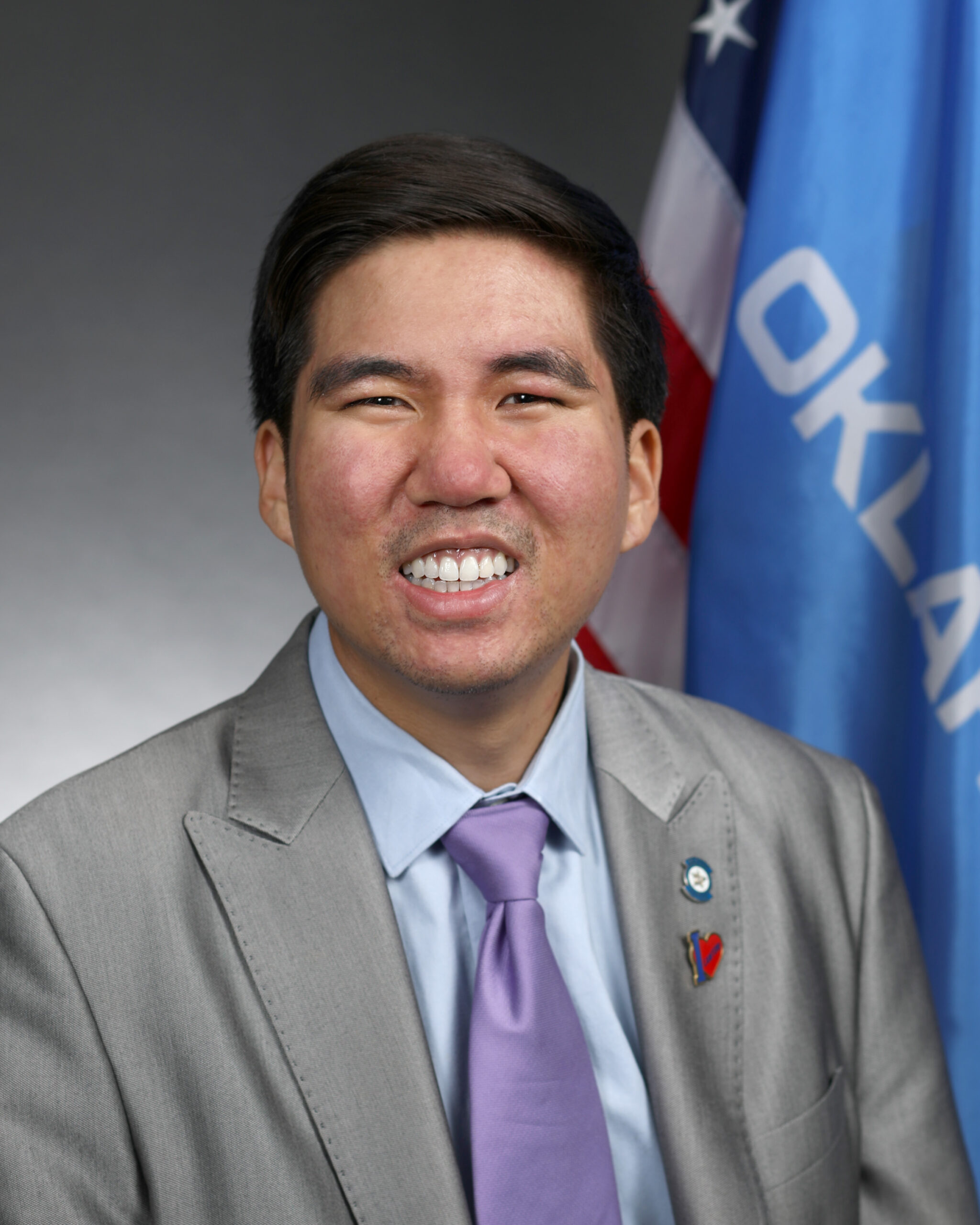Reducing Recidivism
May 21, 2021
Here are some examples of how legislators and policymakers have approached recidivism reduction during and after incarceration.

Introduction
Ninety-five percent of those incarcerated in the criminal justice system will eventually be released. Former inmates returning to their communities face a slew of major obstacles, such as lack of education, limited contact with family, housing instability, unemployment, and the burden of a criminal record. Limited education, a criminal record, and prolonged absence from the workplace correlate directly to low employment rates, condemning offenders to a lifetime of difficulties regardless of their crime and frequently. Combined, the states and the federal government pour $81 billion annually into corrections and related activities, yet there does not seem to be a clear return on investment in terms of rehabilitation.
Prison sentences should be constructively used to rehabilitate. By giving incarcerated individuals the education and meaningful skills they need to gain employment and allowing these individuals to successfully return to society, policymakers will help families, communities, and the country as a whole while reducing the public’s financial burden. Supporting access to in-prison and post-release rehabilitation programs provides three key benefits; it lowers recidivism—the tendency of a convicted criminal to reoffend—, increases employability, and saves taxpayers on average $5 for every $1 spent, money which should be reinvested into communities. Legislators and policymakers should commit to helping incarcerated individuals gain crucial skills while in prison, helping them transition to post-release life and reducing the propensity to return to criminal activities. Below are some examples of how legislators and policymakers have approached recidivism reduction during and after incarceration.
Solutions
In-prison
- Juvenile education
- Correctional education programs
Post-incarceration
- Record expungement
- Housing
- Career development
IN-PRISON
Juvenile Education
Young incarcerated individuals face even greater barriers than their adult counterparts. Many youth enter the juvenile justice system with major educational deficits and academic achievement that rarely exceeds elementary school level and most face tremendous obstacles to completing their education while in prison—education in the juvenile justice system is often substandard, with youth in adult prisons often receiving no education at all. Many correctional facilities fail to align their education curriculum with state standards, resulting in credits not transferring upon release. There are often delays in transferring educational records and credits from correctional facilities to community schools, and some states even have barriers in place to prevent youth from re-enrolling in school. In addition to difficulty learning while incarcerated, sixty-six percent of youth in the juvenile justice system do not return to school after their release from custody. Removing young people from the critical institutions and experiences that develop them into responsible citizens condemns them to a life of failure and the state to the cost of their lifelong care.
RECENT LEGISLATION:
- FL Statutes 1003.52 (2019)- Local school districts in Florida are responsible for the delivery of education in state-run juvenile justice facilities located in their counties. School districts and juvenile justice education providers create individualized transition plan required for each student
- LA S303 (2016)- Enacted the Educational Accountability and Rehabilitation Act to include standards for oversight, accountability, and quality control of educational services within juvenile justice facilities
- CO Substitute HB5041 Public Act No. 18-31 (2018) – Maintain continuous school enrollment and when discharged, full assessment of academic credits earned, which the next school district must accept.
Vocational Programs
A 2017 study by the National Center for Education Statistics found that a meager seven percent of inmates receive a vocational certification while incarcerated, and the U.S. Department of Justice has found that high rates of recidivism are correlated with lower educational attainment. This staggeringly low percentage is not due to lack of interest—29 percent of respondents sought vocational training but no programs were offered. Nearly half of these respondents indicated future job prospects were a serious concern. Those who participate in vocational training are 28 percent more likely to be employed after their release. Offering vocational programs and certifications is an effective rehabilitative approach that reduces recidivism by producing skilled and employable people. Yet, nearly half of the nation’s 2.3 million prisoners do not have access to vocational training. Critically, seven out of ten state prison inmates have not received a high school diploma, and while many states offer GED programs for incarcerated individuals, some states have recently implemented post-secondary educational opportunities. Increasing vocational and other educational opportunities for incarcerated individuals will help stem the damaging cycle of recidivism.
RECENT LEGISLATION AND PROGRAMS:
- MINNCOR’s EMPLOY Program – Enhances incarcerated participants’ readiness for post-release employment, offers one year of community support following release from prison, and increases the chances of securing postrelease employment by 72 percent. EMPLOY has been proven to significantly decrease the risk of recidivism for new offense reincarnation by 55 percent. No taxpayer dollars are used to fund this program; all expenses are paid with revenue from MINNCOR’S sales and services.
- Walker State Prison (GA) Welding Program – A 22-week course that introduces participants to welding, a high demand vocational career, and earns them 13 credit hours transferable to a technical college within the Technical College System of Georgia. This welding program has been replicated at Lee State Prison (GA), and introduced as a program for female inmates at Arrendale State Prison (GA).
- NA SB306 (2017) – The College of Southern Nevada (CSN) Pilot Program offered 100 students a choice between pursuing a traditional college degree or a pre-apprenticeship experience to prepare for a union job in the construction industry
- TN HB 353 (2019) – Allows for occupational training in high school and post-high school programs to receive equivalent credit toward occupational licensure.
- WA HB2299– Creating prison to postsecondary education pathways with equivalence to a high school diploma and subsequent vocational training.
In addition to state level efforts, there are several important federal programs to highlight that increase educational and job training opportunities in jails and prisons:
- First Step Act (2018)– Authorizes $375 million in federal funding towards job training and education programs in prison.
- Second Chance Act (2007)– Funds programs that have served an estimated 164,000 people. Of program participants who have received employment services, 12,000 have gained employment since 2011.
POST-INCARCERATION
Ban the Box / Record Expungement
Criminal records haunt people for their entire lives, posing a major barrier to employment and contributing to the vicious cycle of reoffending. One in three adults have a criminal record—even minor convictions that happened years ago or arrests that did not result in a conviction are included on one’s criminal record. Typically the expungement process requires jumping through many hoops including filing a petition and appearing in court, which can cost hundreds of dollars and dissuade many people who are eligible for expungements and sealing of their criminal records. By banning the box—eliminating the check box that asks if employment applicants have a criminal record—and facilitating record expungement, policymakers will help ex-offenders effectively reintegrate in their communities.
RECENT LEGISLATION:
- CO HB1025 (2019) – Bans the box and bans employers from stating in job postings that people with a criminal history can’t apply
- NM SB96 (2019) – Expands the state’s ban-the-box law to private employers
- UT HB431 (2019) – Automatic record expungement for those who qualify
Housing
Securing stable housing is a key part of the reentry process for formerly incarcerated individuals. Accessible housing offers returning citizens a space to reorient themselves as they start to search for employment, reestablish social networks, and receive treatment. Those at higher likelihood of homelessness, namely women, minorities, and the elderly, risk rearrest for violations of laws that criminalize homelessness. Formerly incarcerated are almost ten times more likely to become homeless after release. Some policies that state legislatures can adopt include banning the box on criminal records in housing applications and providing affordable and accessible housing for those immediately after release.
RECENT LEGISLATION:
- ME HB 1201 (2019) – Permits the establishment of reentry houses as part of supervised community confinement following incarceration.
- CO HB 1009 (2019) – Among other provisions, provides for housing assistance via grant funds for persons with behavioral, mental health, or substance use disorders.
- NJ AB 2063 (2020) – Requires state Department of Community Affairs to establish standards for prisoner reentry housing.
Mentorship & Career Services
Mentorship programs and community based reentry programs also improve outcomes for recently released individuals. Pairing reentering individuals with mentors who have a similar background has been shown to significantly reduce recidivism rates. Matching mentors based on gender and similar racial/ethnic identity has also shown to be important. Mentorship has been shown to increase job obtainment, security and reduce recidivism rates, in examples such as the Ready4Work program based in the northeast U.S.
RECENT PROGRAMS AND LEGISLATION:
- Civics Works Center for Sustainable Careers in Baltimore, MD provides social workers and lawyers to help formerly incarcerated people with financial planning, applying for their driver’s license, classroom and field training programs in growing industries such as solar and wind energy management.
- TX HB 2784 (2019) – Establishment of the State Industry Recognized Apprenticeship Grant that will provide assistance to industrial workforces impacted by Hurricane Harvey. Priority is granted to programs who focus on hiring un/underemployed Texans, veterans of the United States Armed Forces, or formerly incarcerated individuals.
- Operation New Hope’s Ready4Work program provides wrap-around services such as transitional housing, transportation, community support groups, mentorship with formerly incarcerated, and vocational training classes. It was found that those mentored through the program were less likely to reoffend and twice as likely to find a job.
Conclusion
State lawmakers can facilitate the implementation of cost-effective prison education and reentry policies, thereby lowering recidivism and saving money that can go towards other much needed services. Investing in education programs has proven to be a cost effective way to lower recidivism, rather than investing billions of dollars to keep these individuals locked up only to lock them up again upon release. Access to education in prison lowers the odds of recidivism by 43 percent and increases the likelihood of employment by 13 percent, all while saving $5 for every $1 spent. By equipping incarcerated individuals with the tools they need to gain employment and succeed in life we can reorient our criminal justice system towards more rehabilitative outcomes, reduce criminality, and save billions in taxpayer’s dollars.






Join 1,900+ BIPARTISAN LEADERS NATIONWIDE
Be a part of a network of lawmakers committed to governing effectively, passing more representative public policy, and increasing public trust in democracy.